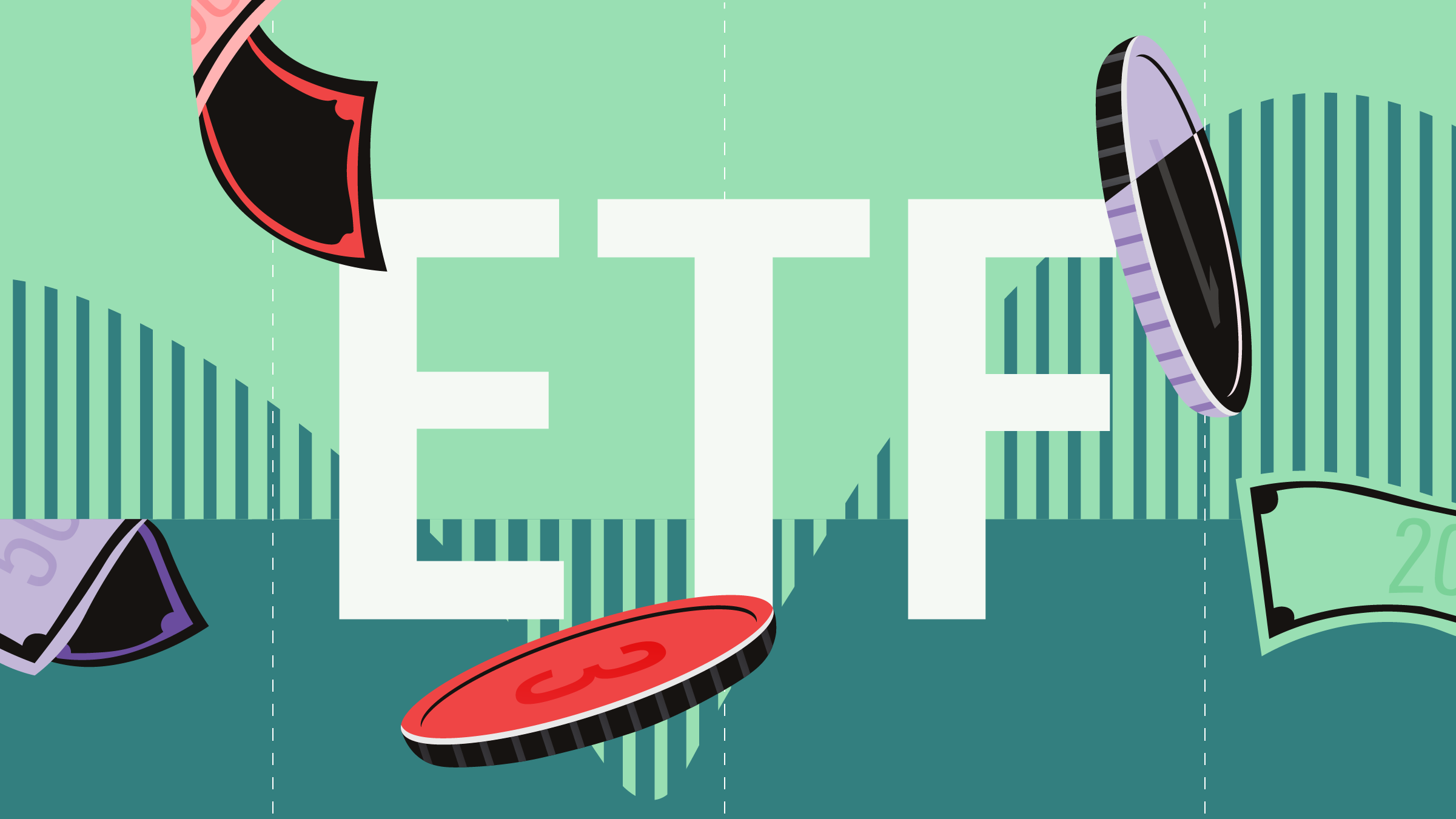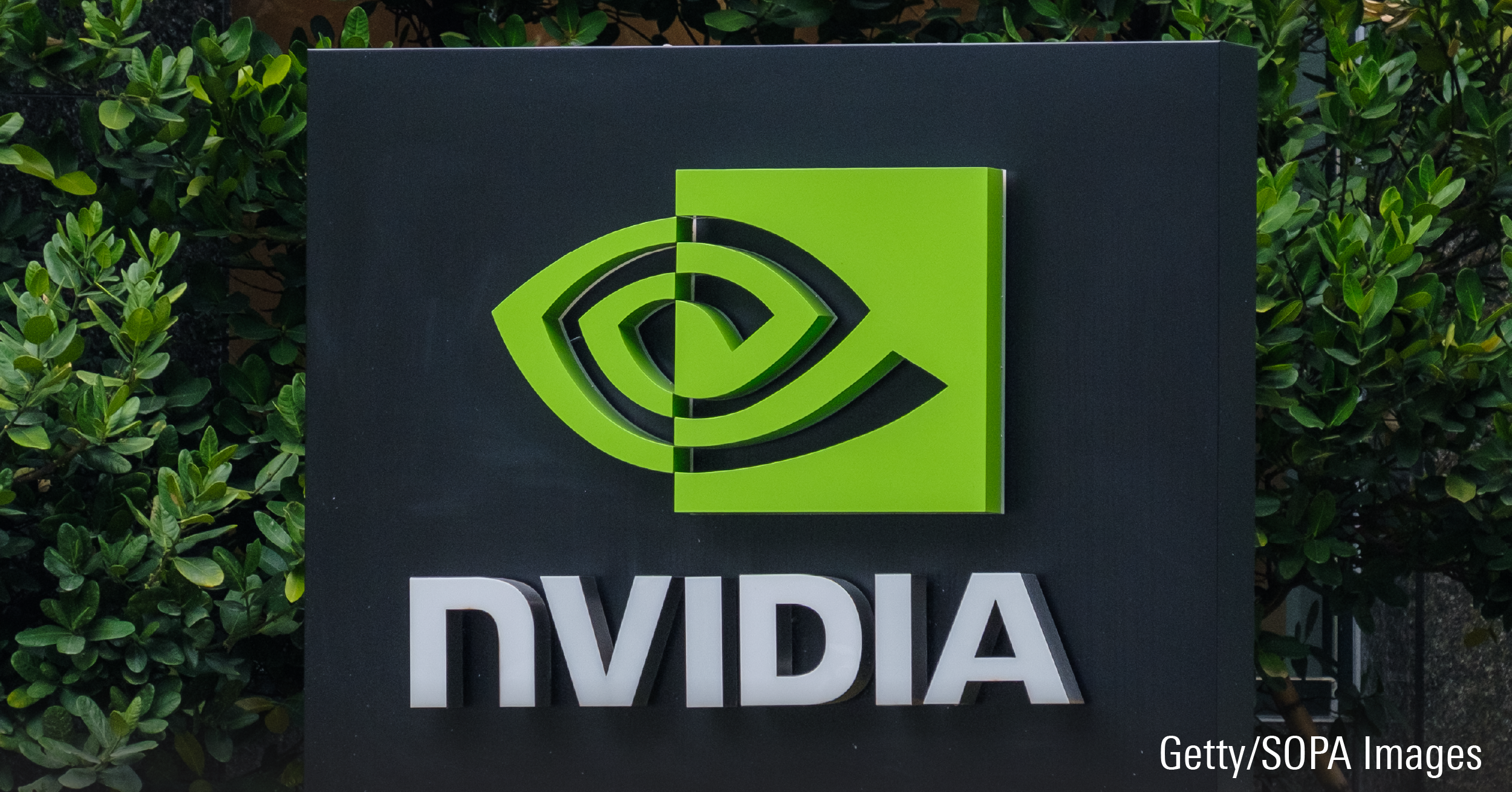Ashley Redmond: Welcome to Morningstar Canada's Best Ideas Theme Week. I'm Ashley Redmond, associate editor of Morningstar.ca and I'm here with Morningstar's director of passive fund research, Ben Johnson.
Ben, thanks for joining me.
Ben Johnson: Thanks for having me.
Redmond: So, Ben, you've been doing a lot of work recently on smart beta. So, smart beta is the category of alternative strategies of ETFs that falls in between passive and active management. So, one of the conclusions of your research has been the relabelling of smart beta to strategic beta, so why the name change?
Johnson: I don't know if it was visible or not, but I cringed a bit when you first said smart beta. The issue we have with the term smart beta is that, it's somewhat presumptuous. It assumes that these strategies which are just index strategies, let's keep in mind that at the end of the day, all of these investment products are still tracking an index. But what's baked into the cake of that index is a bit of active management spice if you will.
So, what we're seeing here is really the melding of active and passive. We see elements or strategies that active managers have been pursuing for decades, sources of return that they've been pursuing for decades, getting baked into an index format that is rules-based and transparent and infinitely replicable. So, at the intersection of these two things is what some are hoping will be the best of both worlds.
Active management, the potential for outperformance or a better risk profile at passive costs with the passive level of transparency that many have come to know and to associate with exchange traded funds. But it's important to note that not all of these strategies are necessarily smart.
Redmond: Okay. So, how are we – is that the exact definition of strategic beta or is there anything else you can add?
Johnson: Well, it's pretty nuanced, and it's important to note that what we're calling strategic beta is kind of a motley crew, if you look at it. It covers a wide span of strategies, everything from equal weighted equity indexes to second-generation commodity benchmarks that try to mitigate some of the nastiness that has come to be associated with things like contango and futures-based benchmarks. If you know what contango means, you've probably been stung by it in the past and might be familiar with or wanting one of these methods to get around that.
Redmond: So that's a fairly broad definition. So, let's narrow it down. When you are defining the strategic beta space, walk me through the methodology. What's your first step?
Johnson: So first and foremost, we're looking for something that has that element of an active strategy embedded into it. So in equities, is this a strategy that looks to either lean towards growth or towards value characteristics in the stock market? Is it a strategy that breaks the link with market capitalization as a weighting criteria and looks to weight its individual constituents by some fundamental measure, like a valuation multiple or sales or earnings growth? In other areas, is it looking to change the risk profile or risk performance or risk level of a portfolio?
So, when we start to sort more finely under this strategic beta banner, this big bucket if you will, we are looking at strategies that are either return oriented. They are looking to generate superior returns relative to a BOG standard benchmark. They are risk-oriented. So they are looking to improve that risk profile or even potentially increase the level of risks taken by that portfolio. And then we have a catch-all other bucket that contains things like some of the commodity indexes that I mentioned before.
Redmond: Okay. So looking at those categories, what's the next step? How do you narrow it down further?
Johnson: Right. So we are not quite at the end of the road yet. So to get more granular yet, I will use the return oriented sort of subcategory or subclass, if you will. One of the most popular categories within that return oriented sort of bucket, if you will, is dividend weighted or dividend oriented strategies.
So in the wake of the financial crisis, given that we have been sort of slugging it out through a very low yield environment, investors have increasingly been looking to alternative asset classes to boost their income, in equities, in particular. So under that return oriented bucket, we have a dividend weighted class of exchange traded funds and other exchange traded products that we have isolated.
And the overarching goal of this is really to help investors to sort out, what's what, to be able to make apples-to-apples comparisons between these funds, to assess for themselves, what's truly smart and what's not.
Redmond: Okay, great. And are there any other layers?
Johnson: That's the end of the road for now.
Redmond: That's the end of the road, okay.
Johnson: And that gets us to a level of granularity that really helps to line up these funds and make the clearest, most again, apples-to-apples comparisons that investors can. And again with the overarching goal of cutting through all of the marketing hype that's associated with the big sort of smart beta term that you will find in some of the labels of these products.
To really peel that back and get down to those that are based on sound research, have strong economic intuition underlying them and have real investment merit at the end of the day.
Redmond: Great. Thanks so much, Ben.
Johnson: Thanks for having me.
Redmond: For more information on Morningstar's Best Ideas Theme Week, check the homepage of Morningstar.ca.

















